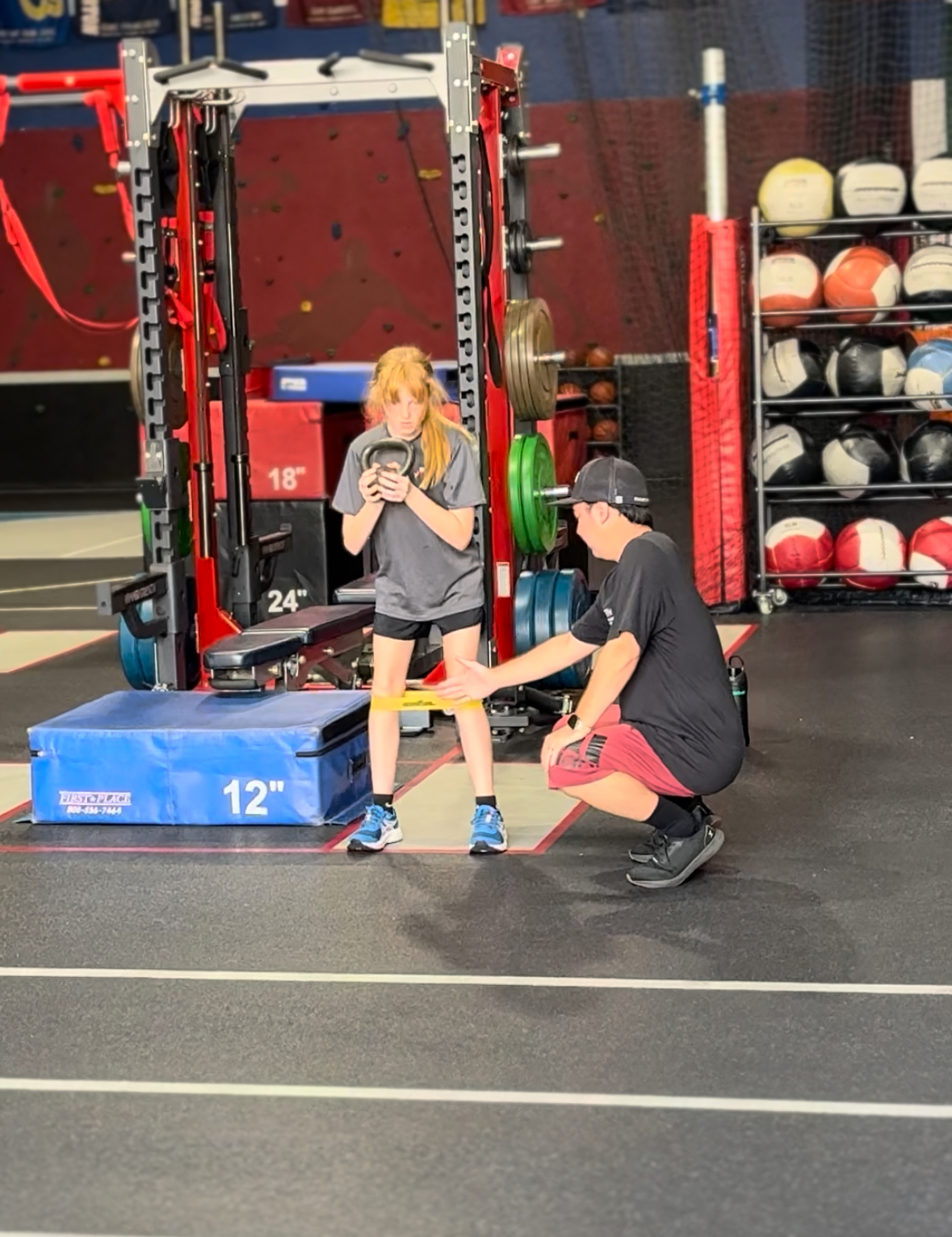
ACL Injury Risks in Soccer and How Athletes Can Stay Safe
Soccer is the most commonly played sport in the world, with over 200 million active players participating in the “beautiful game”. However, when an athlete steps on the field, there is always a risk of injury.
Anterior cruciate ligament (ACL) tears are one of the most debilitating injuries an athlete can suffer from and are quite frequent in soccer players. ACL injuries can seriously affect a player’s short term and long-term soccer career and goals. Female soccer players are much more likely to suffer ACL injuries compared to their male counterparts, and most ACL tears are non-contact injuries, occurring without any external contact to the knee joint. The primary mechanism for these non-contact ACL injuries seems to be a “knee collapse” or “knock-knee” where the knee buckles inward towards the body’s midline.

Not only are ACL injuries devastating for the athlete, but they also can have a financial toll on parents as well. The cost of surgery and rehabilitation is in the thousands. It is common for an athlete to return to play in 9-12 months post-surgery but with reduced strength and a higher predisposition for re-injury.
While 100% prevention of ACL injuries is impossible, many steps can be made to reduce the likelihood of these injuries. At Champion’s QUEST, very important aspects of this includes teaching proper deceleration form and technique, correcting body alignment and decreasing landing forces on the knee joint. Also, following a functional strength program can reduce these ACL injuries by strengthening the muscle groups surrounding the knee. These muscles include the quadriceps, hamstrings, abductors, glutes, as well as the core to help stabilize the knee. Lastly, improving balance and body awareness is an important component of decreasing these ACL injuries. Pre-season training combined with an in-season maintenance program is recommended for most athletes.


